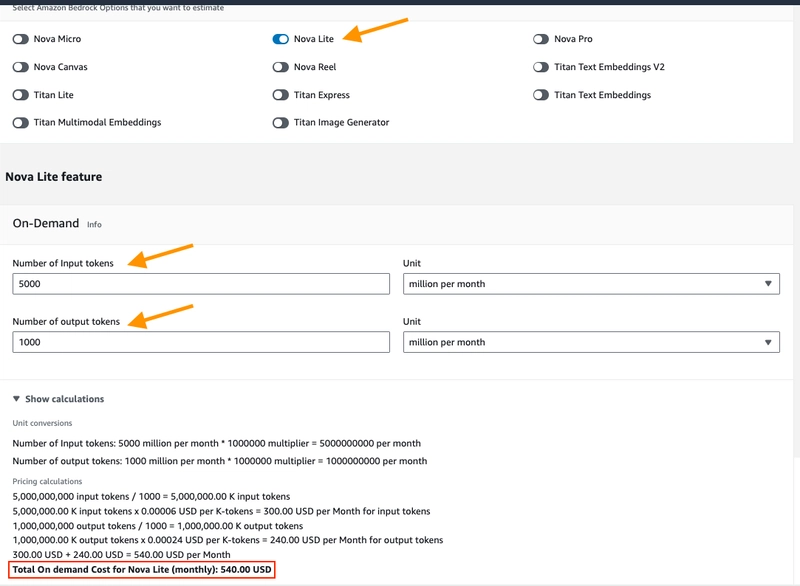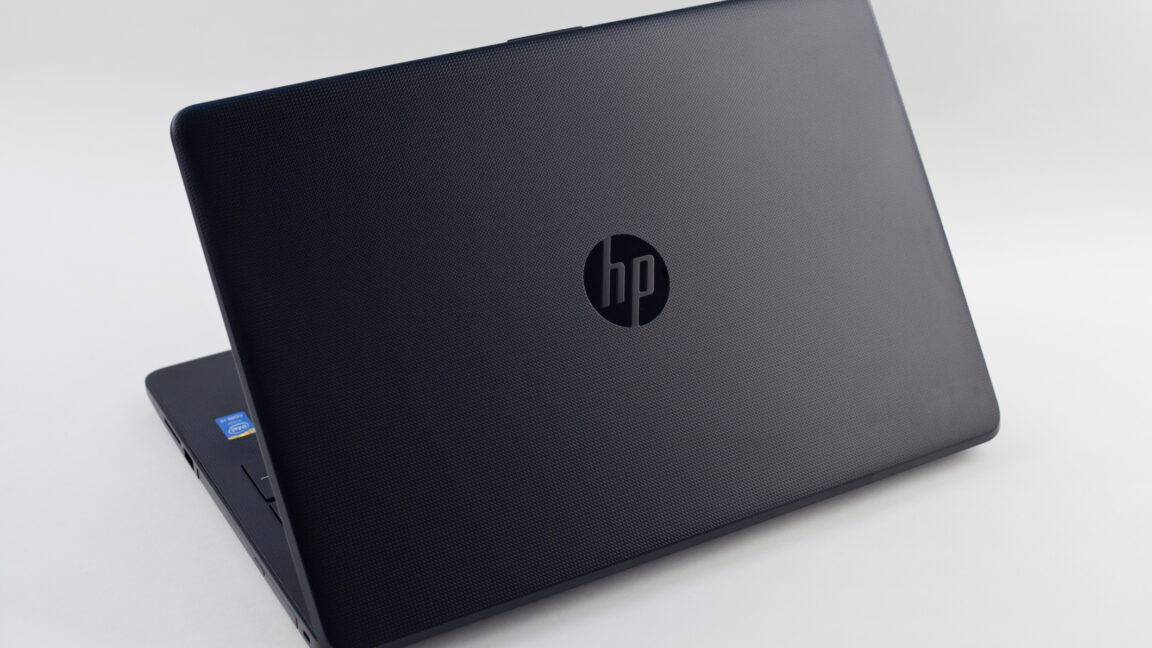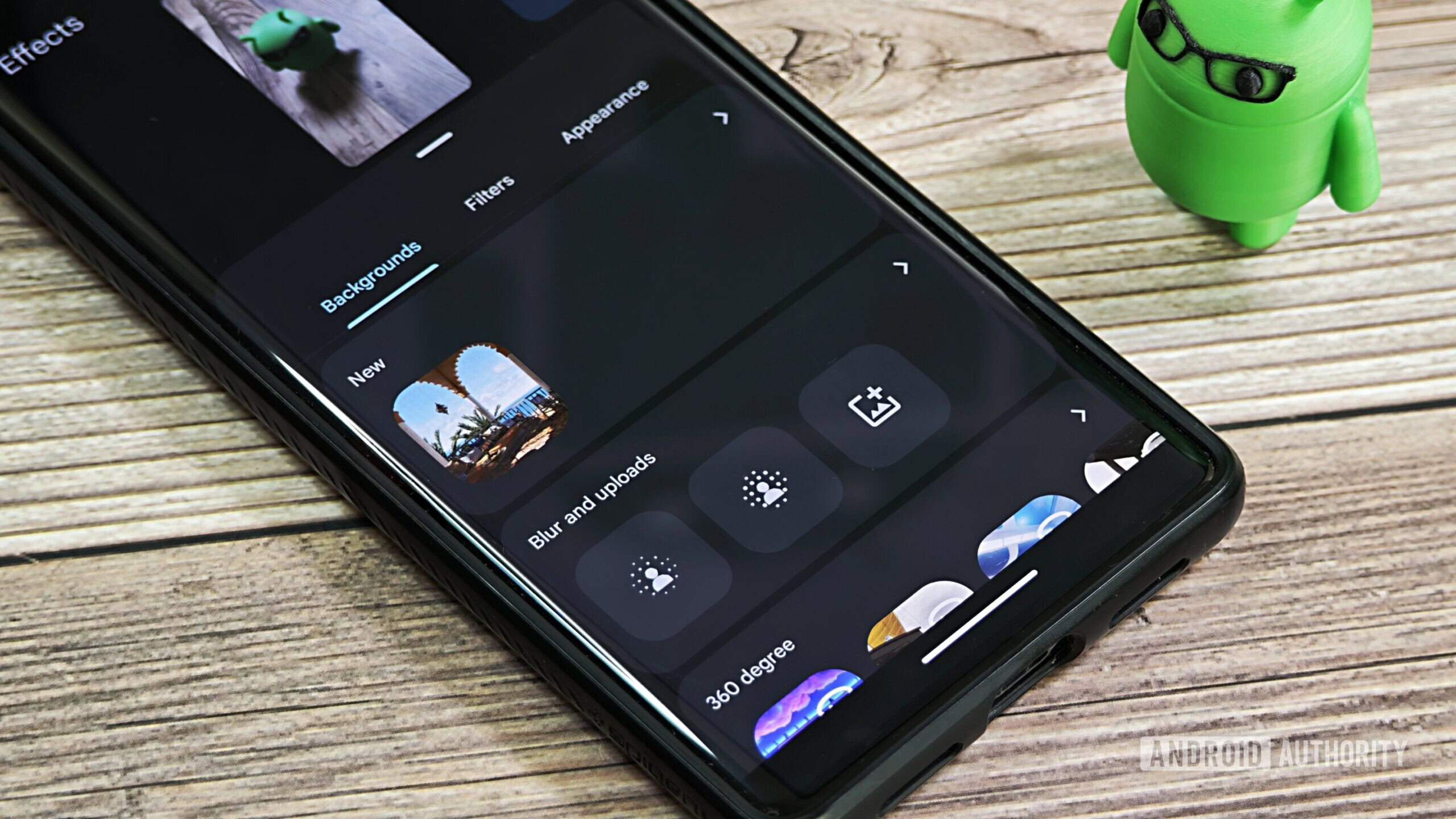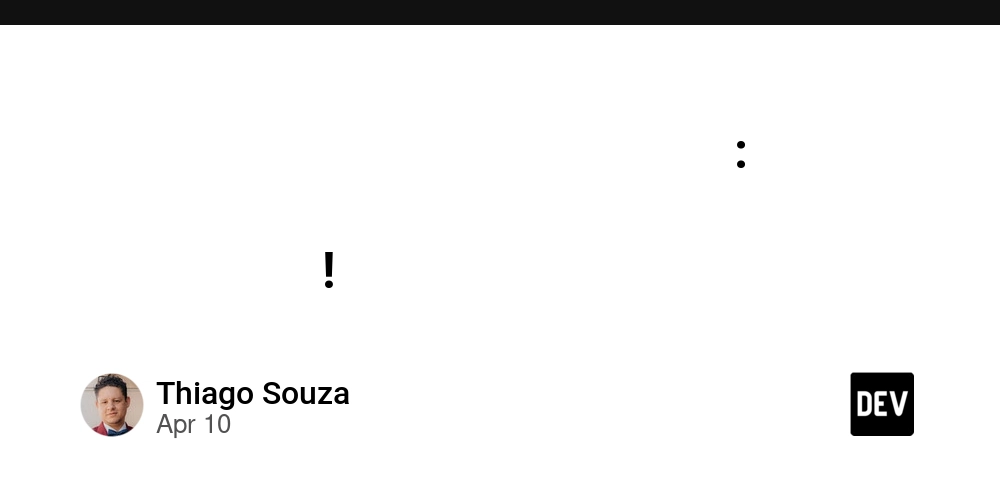Leveraging PHP Streams for Efficient File and Network Handling
Traditional PHP methods like file_get_contents(), fopen(), or curl are frequently the first things that come to mind when developers consider managing files or sending network requests. These methods work well for basic use cases, but they don't scale well for more complicated tasks like managing files in a protocol-agnostic manner, real-time I/O, or big data. PHP Streams really shine in this situation. Managing a variety of data sources and destinations is made simple and effective using PHP Streams. Memory buffers, distant APIs, local files, and bespoke protocols are all handled by streams, which provide a standardized interface that abstracts away a large portion of the low-level work. We will explore PHP Streams in detail in this extensive book, showing you how to utilize them effectively for file and network activities. Advanced subjects like stream filters, contexts, and custom wrappers will also be covered. By the conclusion, you'll have a strong new toolkit for building PHP code that is quicker, clearer, and more scalable. What are PHP Streams? At its most basic level, a stream is a resource that serves as a data channel. A stream in PHP lets you use the same set of functions to read from or write to many sources. Some examples of these sources include: Local or remote files Network sockets Memory buffers Compressed files (gzip, bzip2) Encrypted data streams PHP streams give various data stream types an integrated API by abstracting away the complexity of the underlying data transport layers. Laravel, Symfony, Livewire, PHP’s ecosystem is shifting fast, and the frameworks leading the charge aren’t just trending — they’re transforming how we build for the web. Basic Stream Functions The core functions for working with streams are familiar: fopen(), fread(), fwrite(), fclose(), fgets(), feof() These functions work the same whether you're dealing with a file, URL, or a TCP socket. Why Use Streams? Let’s consider why PHP streams are worth your attention: 1. Memory Efficiency For huge files, streams are perfect because they let you process data in portions. You have the option to read or write in tiny chunks or line-by-line rather than loading the complete file into memory. 2. Unified I/O Interface The streams offer a uniform interface regardless of whether you're working with files, FTP, SSH, or HTTP. It is not necessary to acquire a distinct set of functions for every protocol. 3. Advanced Customization Streams provide for fine-grained control over the handling of data by supporting advanced capabilities like filters, context settings, and even custom wrappers. 4. Built-In Protocol Support PHP supports numerous wrappers out of the box: file:// (local file access) http://, https:// (remote resources) ftp://, ftps:// (FTP) php:// (memory, stdin, stdout, input streams) zlib:// (compression) data:// (inline data) Working with Files Using Streams Reading a File $handle = fopen("largefile.txt", "r"); while (!feof($handle)) { $chunk = fread($handle, 4096); // Read in 4KB chunks echo $chunk; } fclose($handle); This approach is particularly useful for log processing, streaming large data exports, or migrating files. Writing to a File $handle = fopen("output.txt", "w"); fwrite($handle, "This is written using PHP streams.\n"); fclose($handle); You can append data using mode "a" instead of overwriting the file. Reading CSV with Streams if (($handle = fopen("data.csv", "r")) !== false) { while (($data = fgetcsv($handle, 1000, ",")) !== false) { print_r($data); } fclose($handle); } PHP Stream Wrappers Stream wrappers enable you to use standard file functions with non-file resources like HTTP, FTP, or even memory. Reading from a URL $handle = fopen("https://jsonplaceholder.typicode.com/posts/1", "r"); while (!feof($handle)) { echo fgets($handle); } fclose($handle); Writing to a Memory Buffer $handle = fopen("php://memory", "w+"); fwrite($handle, "Temporary data stored in memory."); rewind($handle); echo stream_get_contents($handle); fclose($handle); Other Useful Wrappers php://stdin, php://stdout, php://stderr php://input (for raw POST data) php://filter (on-the-fly stream filtering) Network Operations with Streams Opening a TCP Connection $socket = stream_socket_client("tcp://example.com:80", $errno, $errstr, 30); if (!$socket) { echo "Connection failed: $errstr ($errno)\n"; } else { fwrite($socket, "GET / HTTP/1.0\r\nHost: example.com\r\n\r\n"); while (!feof($socket)) { echo fgets($socket); } fclose($socket); } Using SSL with Streams $sslSocket = stream_socket_client( "ssl://www.google.com:443", $errno, $errstr, 30, STREAM_CLIENT_CONNECT ); if ($sslSocket) { fwrite($sslSocket, "GET /

Traditional PHP methods like file_get_contents(), fopen(), or curl are frequently the first things that come to mind when developers consider managing files or sending network requests. These methods work well for basic use cases, but they don't scale well for more complicated tasks like managing files in a protocol-agnostic manner, real-time I/O, or big data. PHP Streams really shine in this situation.
Managing a variety of data sources and destinations is made simple and effective using PHP Streams. Memory buffers, distant APIs, local files, and bespoke protocols are all handled by streams, which provide a standardized interface that abstracts away a large portion of the low-level work.
We will explore PHP Streams in detail in this extensive book, showing you how to utilize them effectively for file and network activities. Advanced subjects like stream filters, contexts, and custom wrappers will also be covered. By the conclusion, you'll have a strong new toolkit for building PHP code that is quicker, clearer, and more scalable.
What are PHP Streams?
At its most basic level, a stream is a resource that serves as a data channel. A stream in PHP lets you use the same set of functions to read from or write to many sources. Some examples of these sources include:
- Local or remote files
- Network sockets
- Memory buffers
- Compressed files (gzip, bzip2)
- Encrypted data streams
PHP streams give various data stream types an integrated API by abstracting away the complexity of the underlying data transport layers.
Laravel, Symfony, Livewire, PHP’s ecosystem is shifting fast, and the frameworks leading the charge aren’t just trending — they’re transforming how we build for the web.
Basic Stream Functions
The core functions for working with streams are familiar:
fopen(), fread(), fwrite(), fclose(), fgets(), feof()
These functions work the same whether you're dealing with a file, URL, or a TCP socket.
Why Use Streams?
Let’s consider why PHP streams are worth your attention:
1. Memory Efficiency
For huge files, streams are perfect because they let you process data in portions. You have the option to read or write in tiny chunks or line-by-line rather than loading the complete file into memory.
2. Unified I/O Interface
The streams offer a uniform interface regardless of whether you're working with files, FTP, SSH, or HTTP. It is not necessary to acquire a distinct set of functions for every protocol.
3. Advanced Customization
Streams provide for fine-grained control over the handling of data by supporting advanced capabilities like filters, context settings, and even custom wrappers.
4. Built-In Protocol Support
PHP supports numerous wrappers out of the box:
- file:// (local file access)
- http://, https:// (remote resources)
- ftp://, ftps:// (FTP)
- php:// (memory, stdin, stdout, input streams)
- zlib:// (compression)
- data:// (inline data)
Working with Files Using Streams
Reading a File
$handle = fopen("largefile.txt", "r");
while (!feof($handle)) {
$chunk = fread($handle, 4096); // Read in 4KB chunks
echo $chunk;
}
fclose($handle);
This approach is particularly useful for log processing, streaming large data exports, or migrating files.
Writing to a File
$handle = fopen("output.txt", "w");
fwrite($handle, "This is written using PHP streams.\n");
fclose($handle);
You can append data using mode "a" instead of overwriting the file.
Reading CSV with Streams
if (($handle = fopen("data.csv", "r")) !== false) {
while (($data = fgetcsv($handle, 1000, ",")) !== false) {
print_r($data);
}
fclose($handle);
}
PHP Stream Wrappers
Stream wrappers enable you to use standard file functions with non-file resources like HTTP, FTP, or even memory.
Reading from a URL
$handle = fopen("https://jsonplaceholder.typicode.com/posts/1", "r");
while (!feof($handle)) {
echo fgets($handle);
}
fclose($handle);
Writing to a Memory Buffer
$handle = fopen("php://memory", "w+");
fwrite($handle, "Temporary data stored in memory.");
rewind($handle);
echo stream_get_contents($handle);
fclose($handle);
Other Useful Wrappers
- php://stdin, php://stdout, php://stderr
- php://input (for raw POST data)
- php://filter (on-the-fly stream filtering)
Network Operations with Streams
Opening a TCP Connection
$socket = stream_socket_client("tcp://example.com:80", $errno, $errstr, 30);
if (!$socket) {
echo "Connection failed: $errstr ($errno)\n";
} else {
fwrite($socket, "GET / HTTP/1.0\r\nHost: example.com\r\n\r\n");
while (!feof($socket)) {
echo fgets($socket);
}
fclose($socket);
}
Using SSL with Streams
$sslSocket = stream_socket_client(
"ssl://www.google.com:443",
$errno, $errstr, 30,
STREAM_CLIENT_CONNECT
);
if ($sslSocket) {
fwrite($sslSocket, "GET / HTTP/1.0\r\nHost: www.google.com\r\n\r\n");
echo stream_get_contents($sslSocket);
fclose($sslSocket);
} else {
echo "SSL connection failed: $errstr ($errno)";
}
Choosing a CMS? See how WordPress stacks up against modern platforms — and find the perfect fit for your content strategy.
Stream Contexts
Contexts allow you to modify the behavior of a stream, such as setting timeouts, HTTP headers, authentication, or SSL options.
Example: HTTP Headers with Stream Context
$opts = [
'http' => [
'method' => "GET",
'header' => "User-Agent: CustomAgent/1.0\r\nAccept: application/json"
]
];
$context = stream_context_create($opts);
$response = file_get_contents("https://jsonplaceholder.typicode.com/posts", false, $context);
echo $response;
FTP Upload with Context
$options = [
'ftp' => [
'overwrite' => true
]
];
$context = stream_context_create($options);
$stream = fopen("ftp://user:password@ftp.example.com/remote.txt", "w", false, $context);
fwrite($stream, "Uploading via stream");
fclose($stream);
Stream Filters
Filters allow you to modify data as it passes through a stream — think compression, encryption, or character transformation.
Built-in Filters
- string.toupper, string.tolower
- zlib.deflate, zlib.inflate
- convert.base64-encode, convert.base64-decode
Example: Apply Filter to File
$handle = fopen("example.txt", "r");
stream_filter_append($handle, "string.toupper");
while (!feof($handle)) {
echo fgets($handle);
}
fclose($handle);
Example: Write Gzipped Data
$fp = fopen("compress.zlib://archive.txt.gz", "w");
fwrite($fp, "This is compressed.");
fclose($fp);
Custom Stream Wrappers
You can create your own protocols using custom stream wrappers. This is useful when integrating with APIs, databases, or proprietary formats.
Define a Custom Wrapper
class HelloStream {
private $position;
private $string;
public function stream_open($path, $mode, $options, &$opened_path) {
$this->string = "Hello from custom stream!";
$this->position = 0;
return true;
}
public function stream_read($count) {
$result = substr($this->string, $this->position, $count);
$this->position += strlen($result);
return $result;
}
public function stream_eof() {
return $this->position >= strlen($this->string);
}
public function stream_stat() {
return [];
}
}
stream_wrapper_register("hello", "HelloStream");
echo file_get_contents("hello://anything");
This will output: Hello from custom stream!
Your project's success starts with the right tech stack. Whether you're chasing rapid development, rock-solid scalability, or tight performance — the language you choose sets the tone.
Real-World Use Cases
1. Streaming APIs
Consume large data feeds (like Twitter or financial feeds) without overwhelming memory.
2. Log Parsing
Process gigabytes of logs line by line using minimal resources.
3. File Transfer Automation
Use FTP or SFTP streams to upload/download files in cron jobs.
4. Compression Pipelines
Chain filters to create dynamic gzip logs, backups, or stream transformations.
5. Security Layers
Use custom wrappers to inspect or encrypt/decrypt data on the fly.
Conclusion
A very strong, sophisticated, and adaptable method of managing I/O activities is provided by PHP Streams. They let developers create effective apps that scale easily by abstracting away the underlying complexity of data sources.
Gaining proficiency with PHP streams can improve your backend programming abilities whether you're working with files, sending HTTP requests, or creating bespoke protocols.
Before moving on to custom wrappers and stream contexts, start small and explore with the built-in wrappers and filters. You'll question how you ever managed without them once you get the hang of it.












































































































































































![[The AI Show Episode 144]: ChatGPT’s New Memory, Shopify CEO’s Leaked “AI First” Memo, Google Cloud Next Releases, o3 and o4-mini Coming Soon & Llama 4’s Rocky Launch](https://www.marketingaiinstitute.com/hubfs/ep%20144%20cover.png)








































































































































































































![GrandChase tier list of the best characters available [April 2025]](https://media.pocketgamer.com/artwork/na-33057-1637756796/grandchase-ios-android-3rd-anniversary.jpg?#)












































.png?width=1920&height=1920&fit=bounds&quality=70&format=jpg&auto=webp#)

























.webp?#)































































































![Here’s everything new in Android 16 Beta 4 [Gallery]](https://i0.wp.com/9to5google.com/wp-content/uploads/sites/4/2024/11/Android-16-logo-top-down.jpg?resize=1200%2C628&quality=82&strip=all&ssl=1)











![New Beats USB-C Charging Cables Now Available on Amazon [Video]](https://www.iclarified.com/images/news/97060/97060/97060-640.jpg)

![Apple M4 13-inch iPad Pro On Sale for $200 Off [Deal]](https://www.iclarified.com/images/news/97056/97056/97056-640.jpg)


































































































































